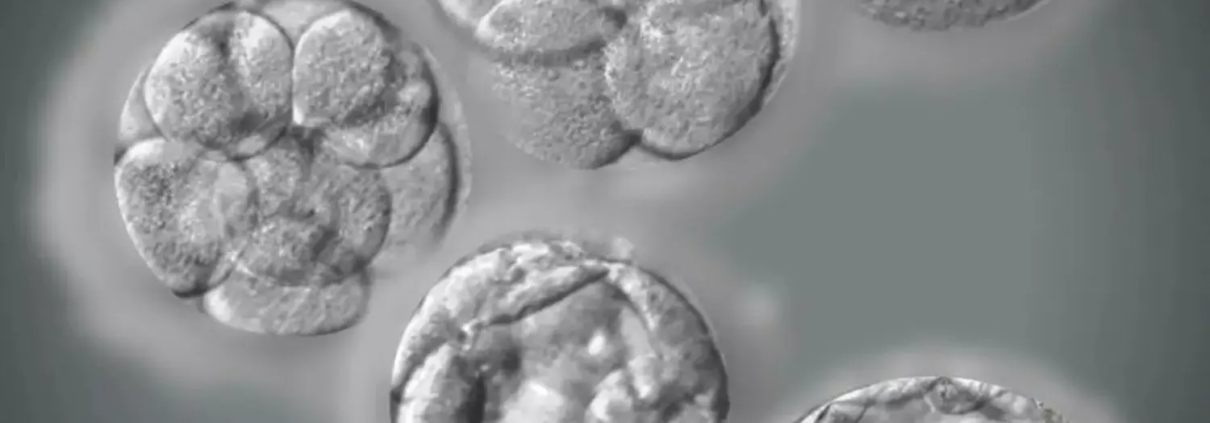Study finds direct correlation between number of eggs at retrieval and pregnancy rate among women above 40

In August 2010 the Quebec Government funded the costs of in
vitro fertilization in exchange for greater use of single embryo transfer. As a
result, stimulation protocols became gentler. S. Ouhilal et al sought to
determine the optimal number of eggs at oocyte retrieval by carrying out a
Cohort study.
Authors compared the number of eggs at oocyte retrieval and
the clinical pregnancy rate in all our fresh stimulated cycles between August
2010 and December 2012. The number of eggs at retrieval were divided as
follows: 1–4 eggs, 5 to 9 eggs, 10–14 eggs, 15–19 eggs, >20 eggs. Data was
subdivided based on age less than 35, age 35-39, and age 40 and over.
A total of 1615 consecutive stimulated fresh IVF cycle starts
that resulted in retrieval of at least one egg were analyzed. In women age less
than 35 (n=590), the clinical pregnancy rate was optimal (≥44%)
when there were at least 10 eggs at retrieval. For women with 1–4 eggs at
retrieval it was 30.8% and for 5–9 eggs it was 36.2%. In women age 35–39 (n=543),
optimal pregnancy rates (34.8%) were achieved with 5–9 eggs at retrieval. Less
than 5 eggs significantly reduced the pregnancy rate (15.6%) whereas more than
10 eggs yielded pregnancy rates between 28 and 29%. In women over 40 (n=482),
authors found a stepwise improvement in pregnancy rates with increased number
of eggs at retrieval (1–4: 11%, 5–9: 21%, 10–14: 26%, 15–19: 33%).
In women 40 and over, there is a direct correlation between
the number of eggs at retrieval and pregnancy rate whereas in women age less
than 35 there was no improvement in pregnancy rates beyond 10 eggs.
Interestingly, in women age 35 to 39, a modest number of eggs at retrieval
(5–9) is associated with the best outcomes.
Source: S. Ouhilal, H. Lachgar, N. Mahutte. Montreal
Fertility Centre, Montreal, QC, Canada;
FertilitySterilty



